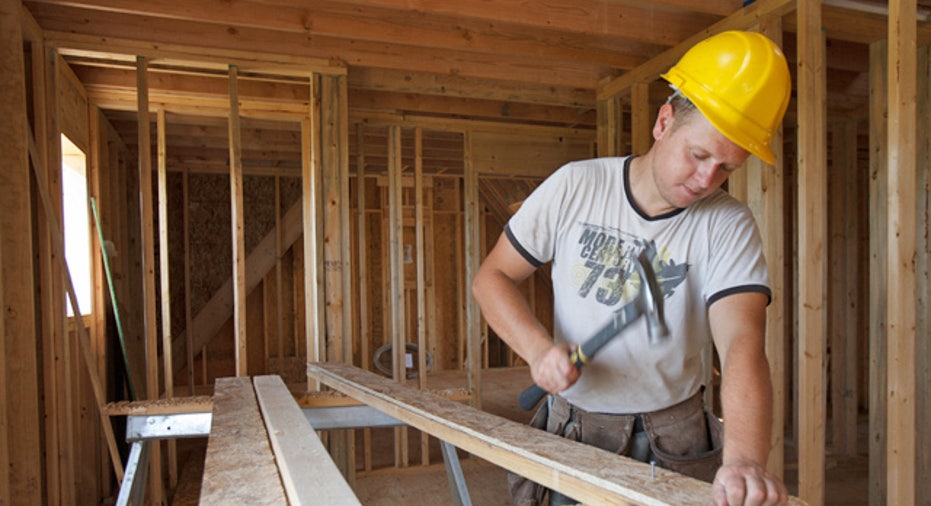Why You Need to Get 3 Bids for Your Construction Project

Getting prices from contractors for your construction project probably scares the daylights out of you and for good reason: You don’t really know what you should be paying for the work.
How do you know whether the price you’re offered for your new home or remodeling project is a “good” price?
How do you know whether you’re paying too much?
There are no window stickers to compare
Hiring a contractor isn’t at all like buying a car.
By the time you get to the car dealer, you’ve already checked KBB.com, Autotrader.com, Edmunds.com and maybe a few other websites. You’ve checked newspaper car ads and talked with someone you know who bought the same car you’re considering.
You know exactly what you should pay for the car because there are hundreds — maybe thousands — of cars for sale just like the one you want; the price is pretty much set.
What’s the “set” price for your one-of-a-kind custom home or remodeling project?
How custom projects are priced
When a general contractor picks up a set of plans from the architect, he starts by making a series of take-offs — estimates of the amount of a particular finish or material based on the plans.
The contractor might estimate he’ll need 80 square feet of granite countertop in the kitchen, for example, and at $50 per square foot, that’s a line item in his bid of $4,000.
He’ll also send copies of the plans to his suppliers and subcontractors for prices on the work he’ll hire them to do. The window supplier will price each unit and send a total to the contractor, and the contractor will be responsible for figuring the price to install the windows.
The contractor will add line items for permits, insurance, temporary utility services and dozens of other things. Finally, he’ll total them all up and add his overhead and profit.
It’s a time-consuming and nerve-wracking process for the general contractor because he’s got to get it right — too high and he won’t get the job. Too low and he’ll lose money on the project.
Different contractors, different prices
Surprisingly, different contractors bidding from the same set of drawings can come up with substantially different prices, especially when the drawings aren't as detailed as they should be. That’s too often a culprit.
But just as important, and frequently overlooked, is your choice of contractors to bid on the project.
Choose three qualified contractors, and you’ll get comparable bids. Choose poorly, and — well, read on …
Apples and oranges
We recently completed the construction drawings for a medium-sized but fairly complex remodeling and addition project with a construction budget of about $240,000.
I recommended two qualified contractors to the owner — contractors I’d worked with before and knew well. The homeowner added the third bidder, someone their neighbor had used for work on their house.
I’d also worked with that third bidder and knew he did top-quality work — but for significantly higher prices than other contractors in the area. I also knew that he rarely bid on work; he preferred designing his own projects.
I didn’t think he was a good fit for our project, but the owner insisted, and we kept him on the list. Here’s how the three prices came out on the $240,000 project:
- Bidder 1: $236,000
- Bidder 2: $243,000
- Bidder 3: $363,000
Clearly, something’s wrong with that last bid at 50 percent higher than bid No. 2 — a math error perhaps?
No, the contractor told me; that was his price. More importantly, it was the price he would expect to get on a similar project.
Imagine if the owner had chosen to not bid the project and had only taken a price from bidder No. 3 — he would never have known that he was paying $120,000 more than he had to!
This is not the contractor you’re looking for
Bidder No. 3 boasts a wall of awards, does great quality work and has a long list of satisfied clients. And if you’re willing to spend a lot more to assure quality, it might be the right choice for you.
But with the help of your architect, you should be able to get the same quality work for a far more reasonable price. And with properly-detailed drawings, a good list of specifications and three qualified, comparable contractors, your bids should come in reasonably close to each other.
Two bidders aren’t enough to give you confidence in the bids; four or five are too many to manage — and you’ll greatly decrease a contractor’s motivation to bid if he has only a 20 or 25 percent chance of getting the job.
The key is three: Always, always get three qualified bids on any significant custom home or remodeling project.
And maybe you’ll save enough on the project to go out and buy that new car you’ve been dreaming of.
Related:
- Tips for Choosing the Right Shutters for Your Home
- Construction Costs: Learn the Basics
- How to Measure Your Home’s Square Footage
Richard Taylor is a residential architect based in Dublin, Ohio, and is a contributor to Zillow Blog. Connect with him at http://www.rtastudio.com/index.htm.



















